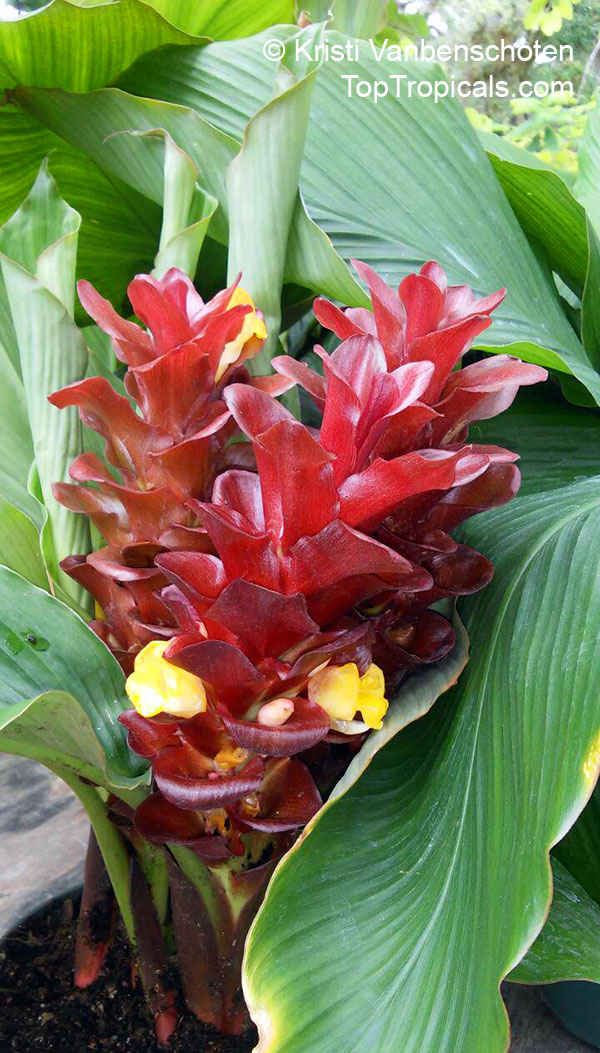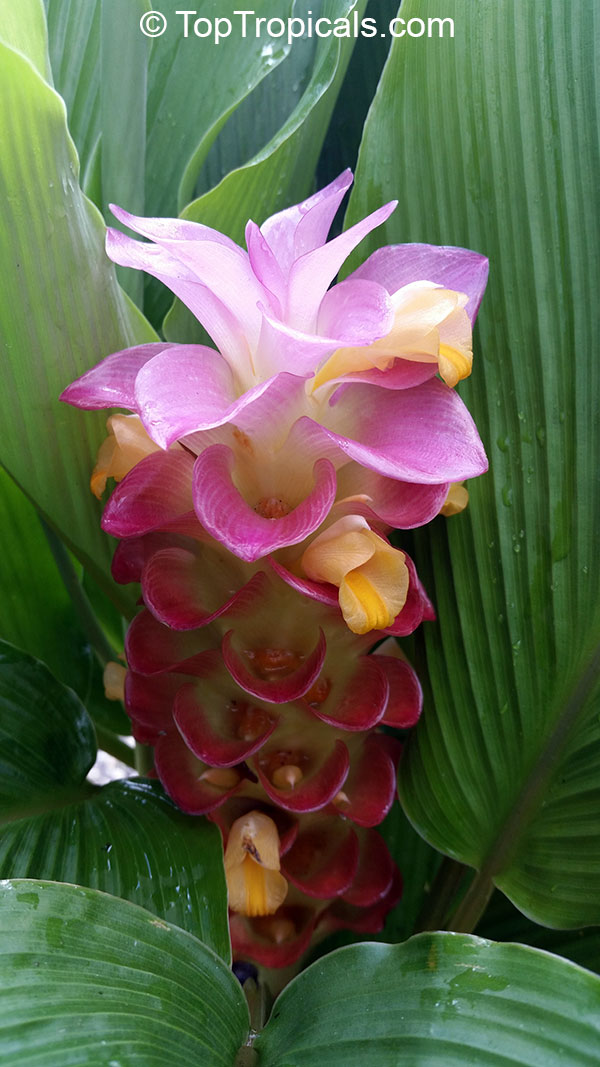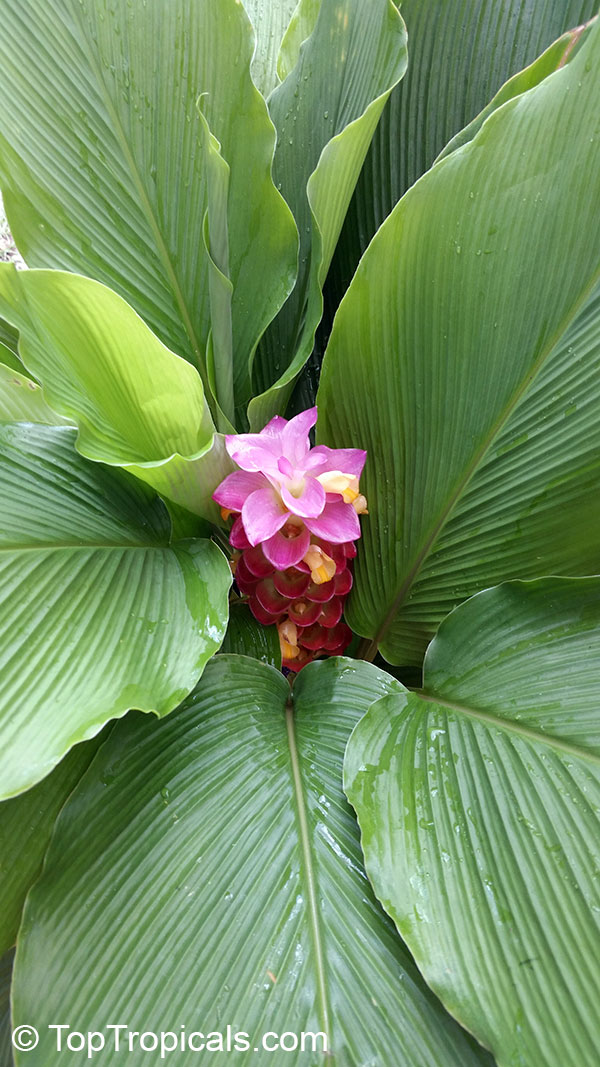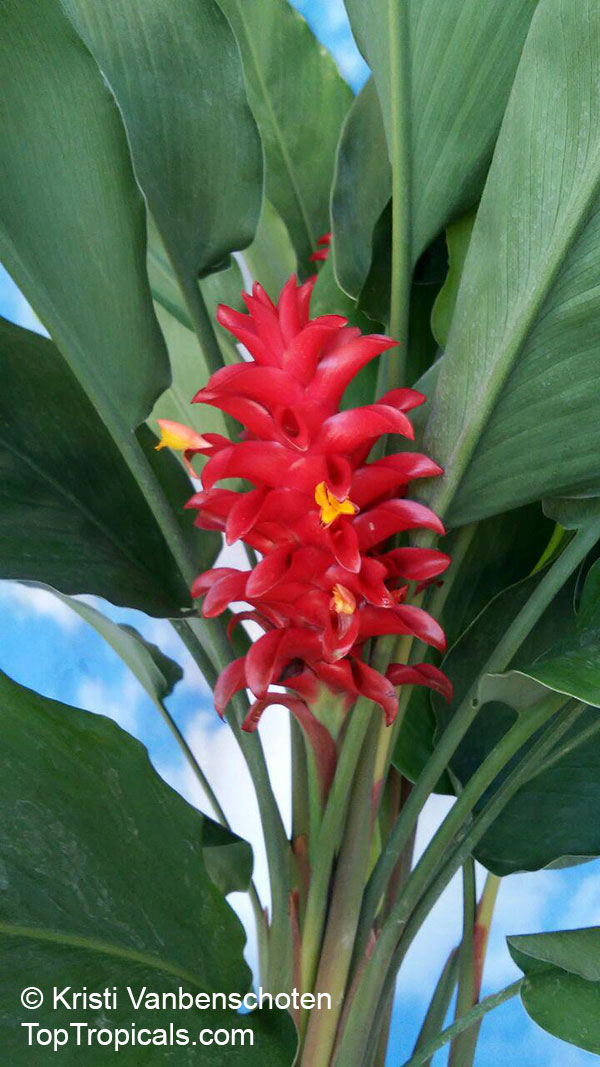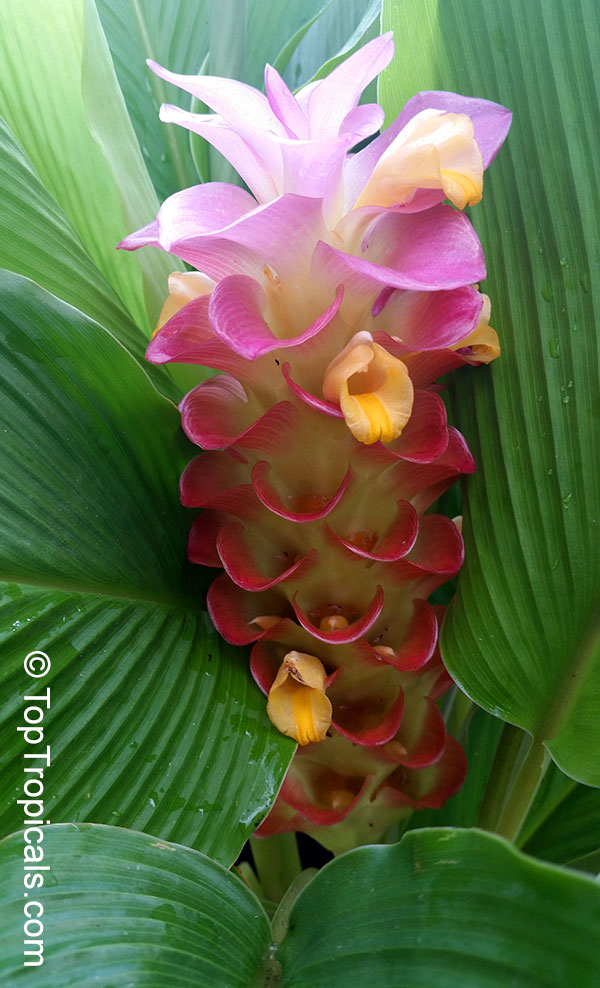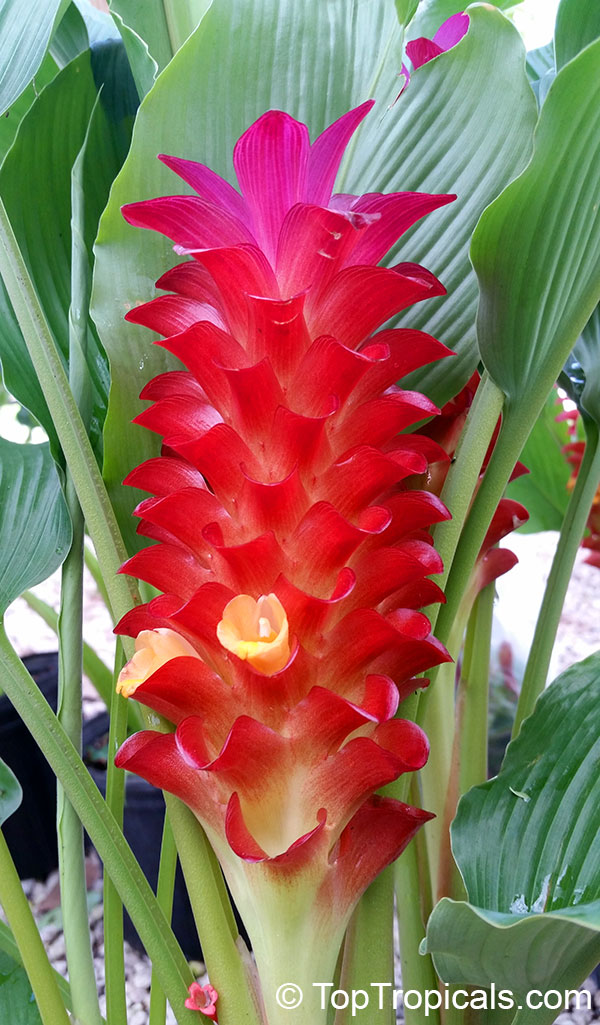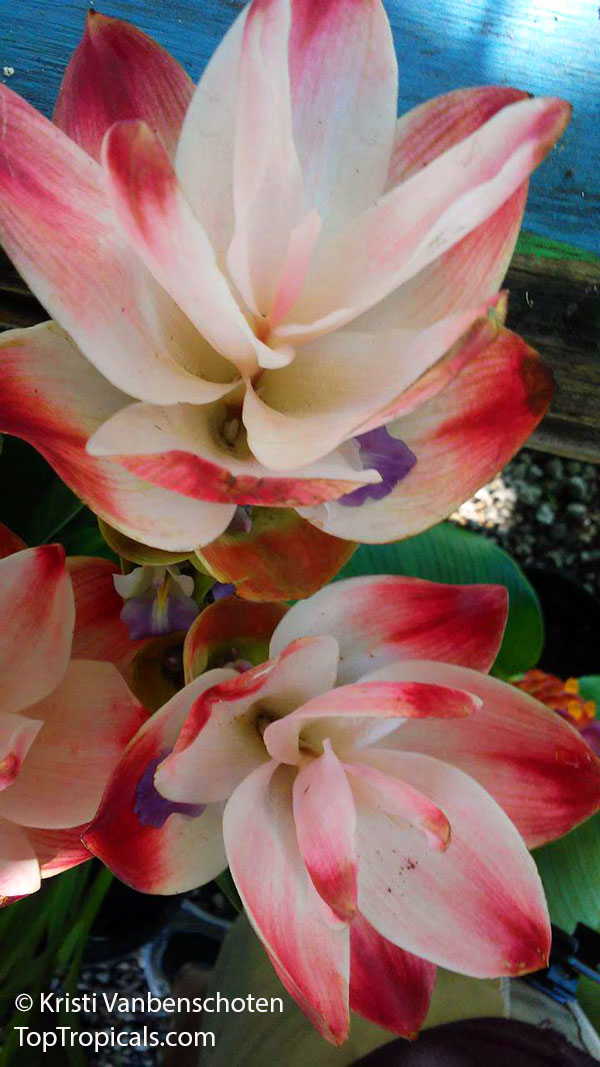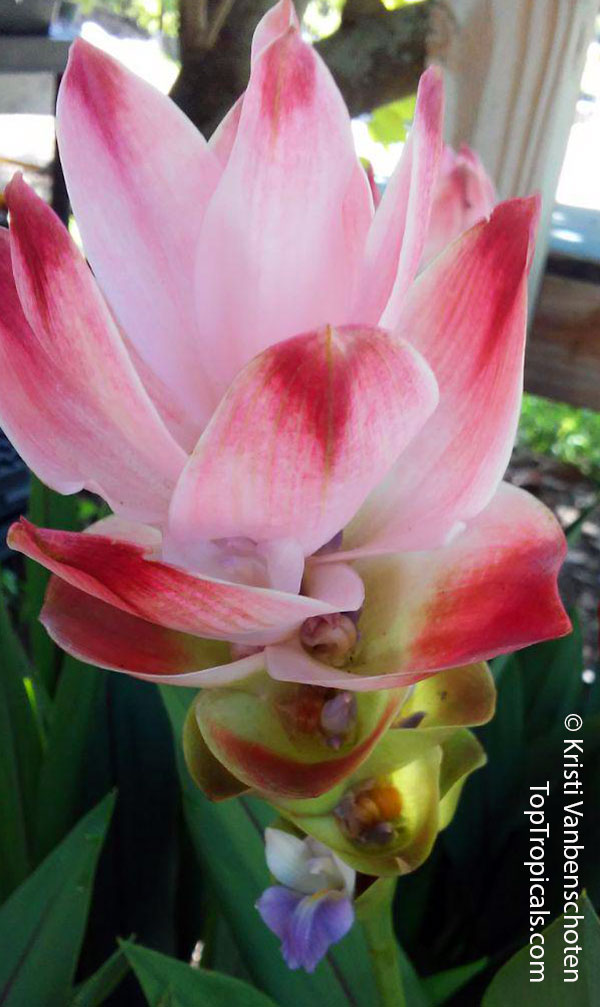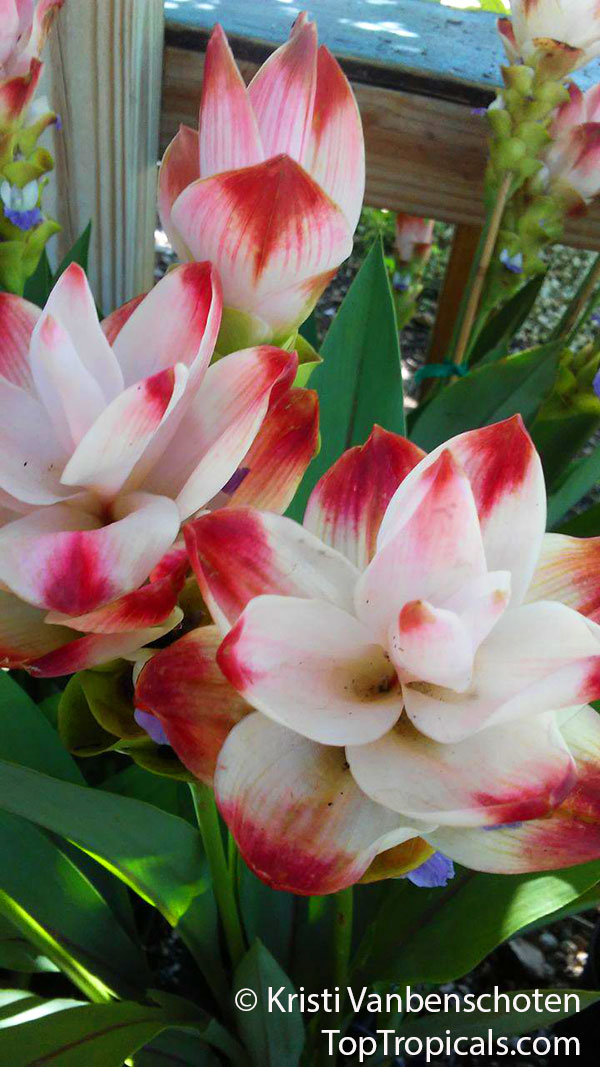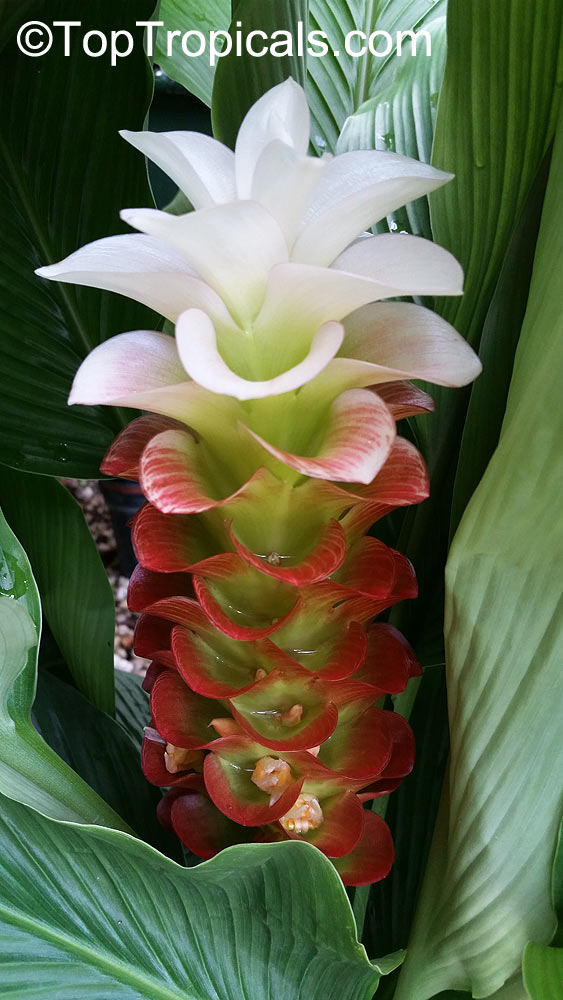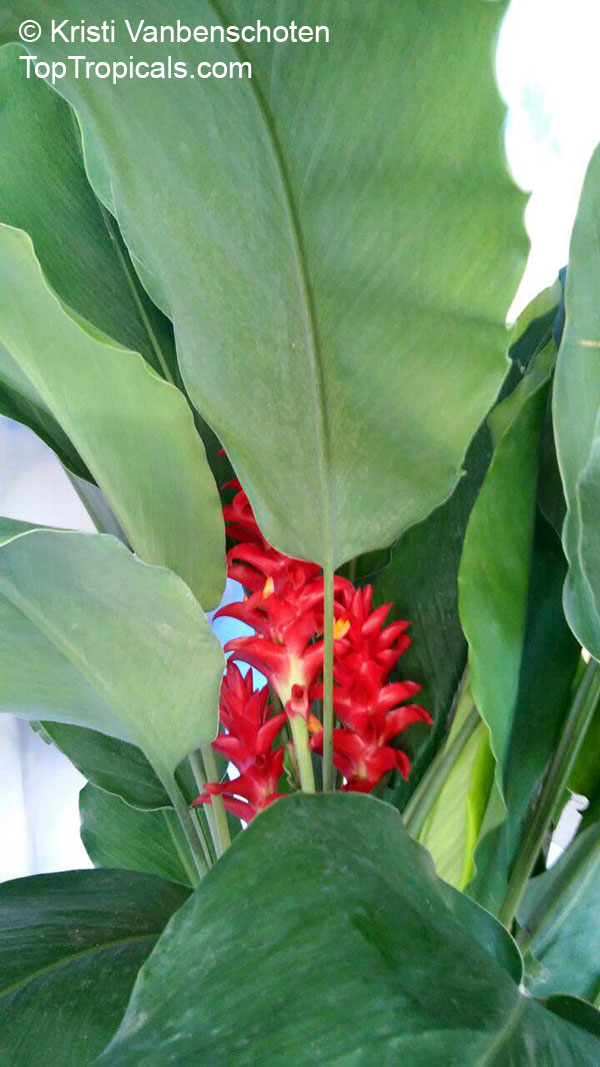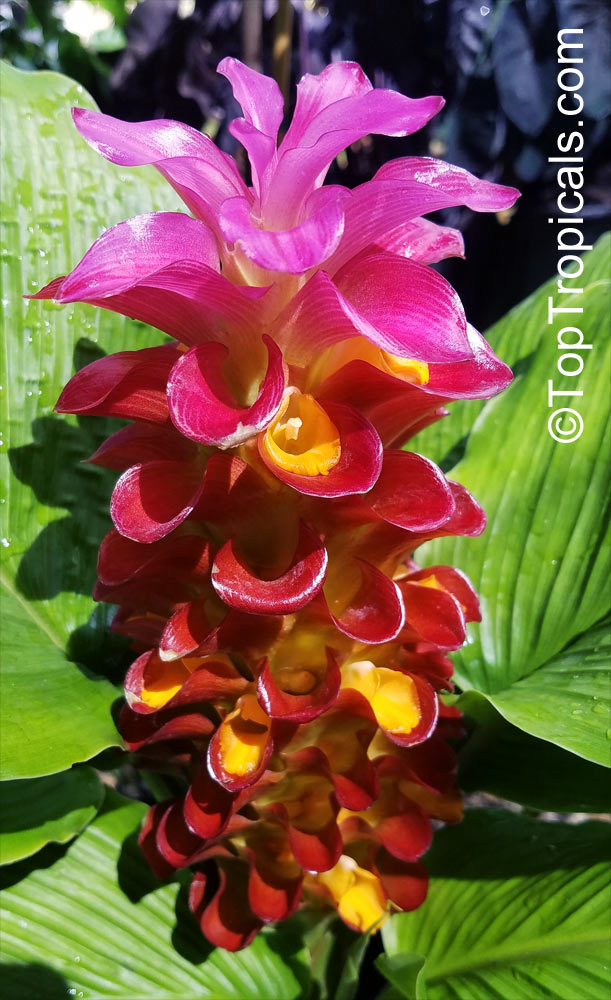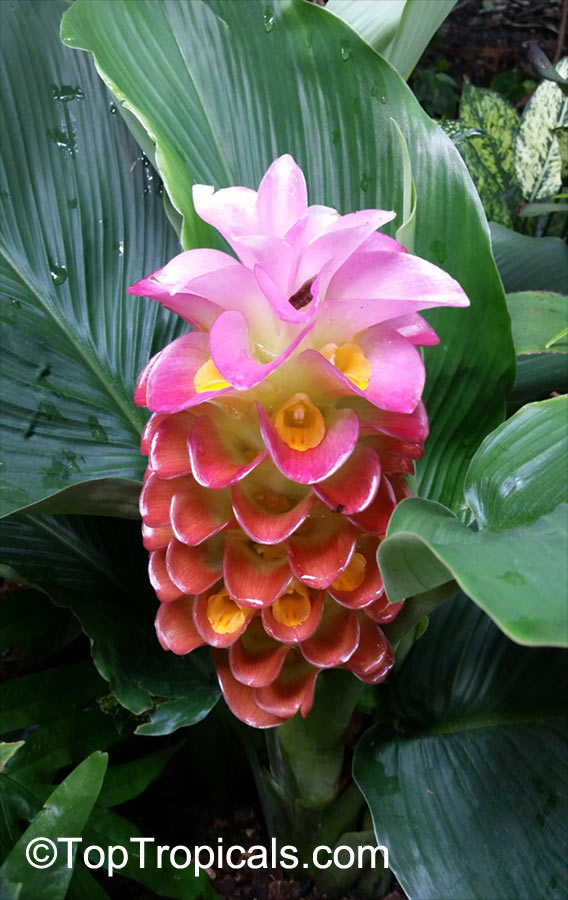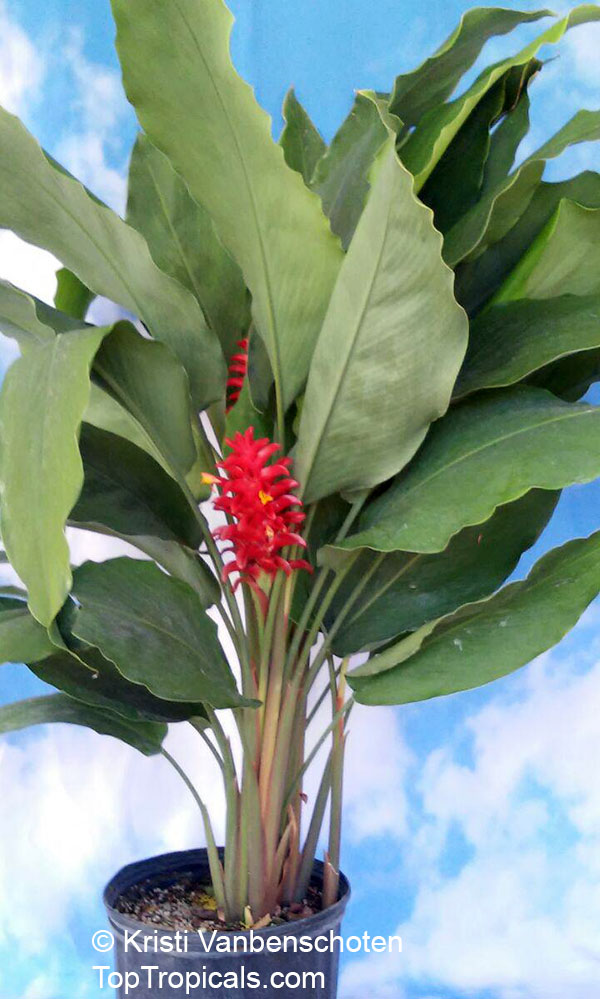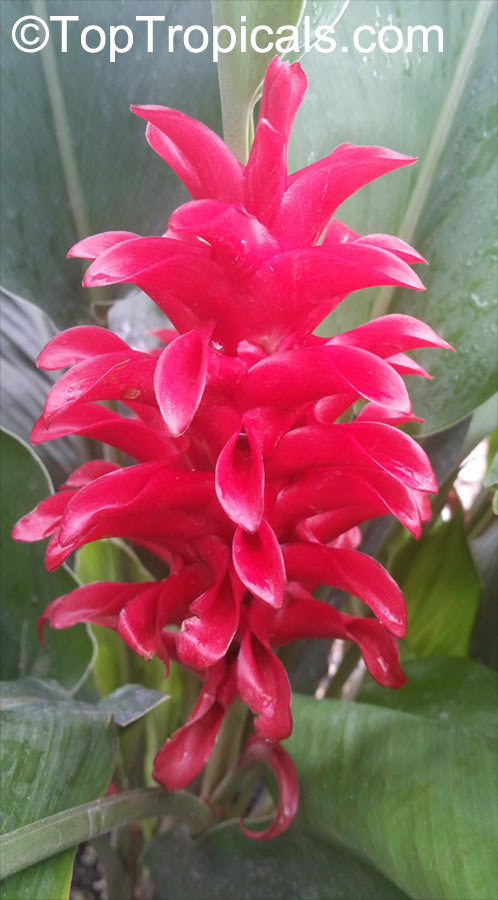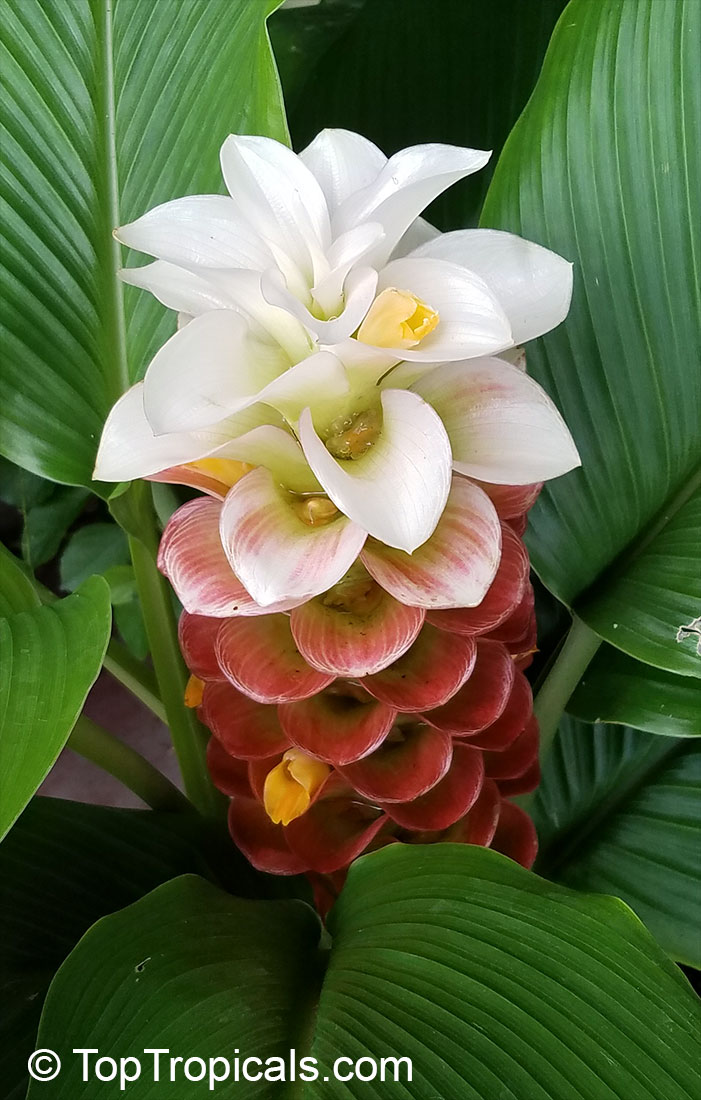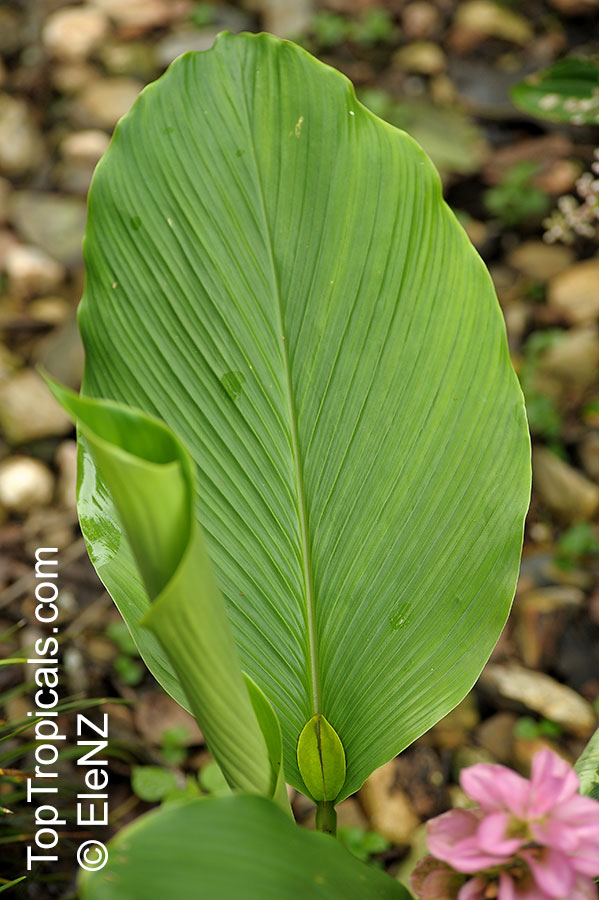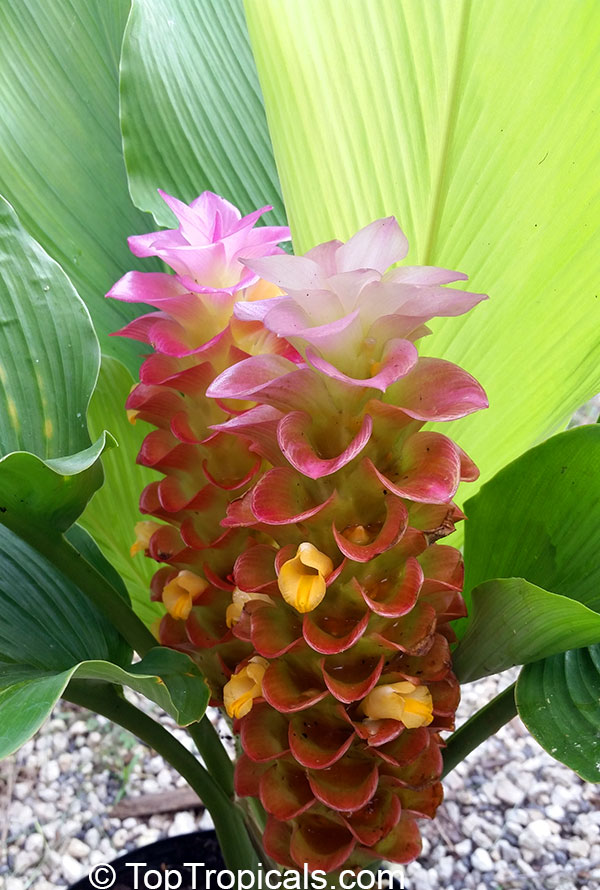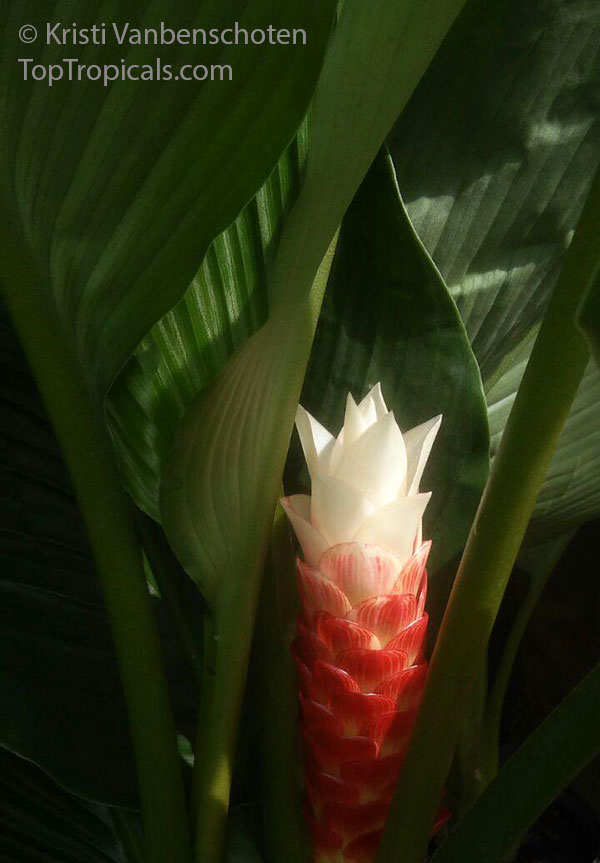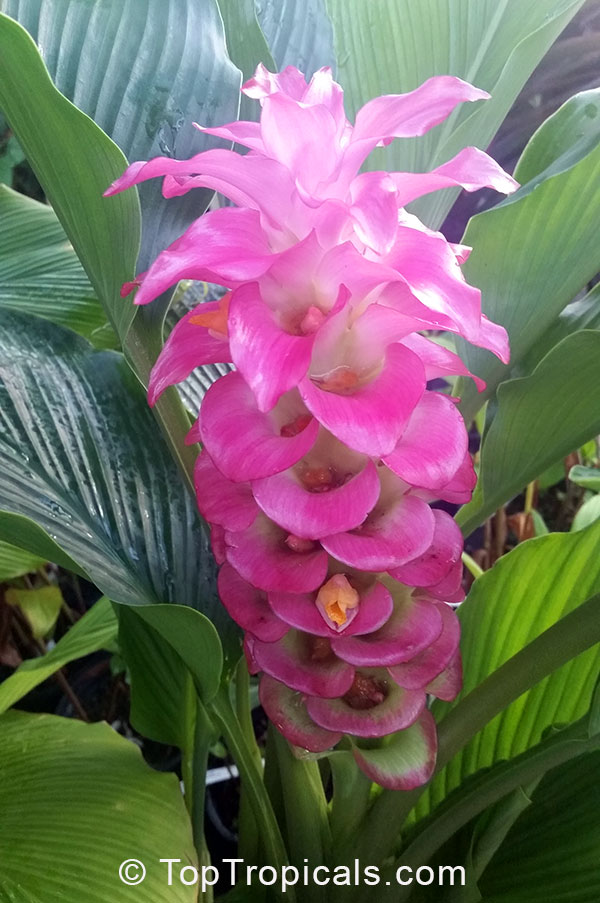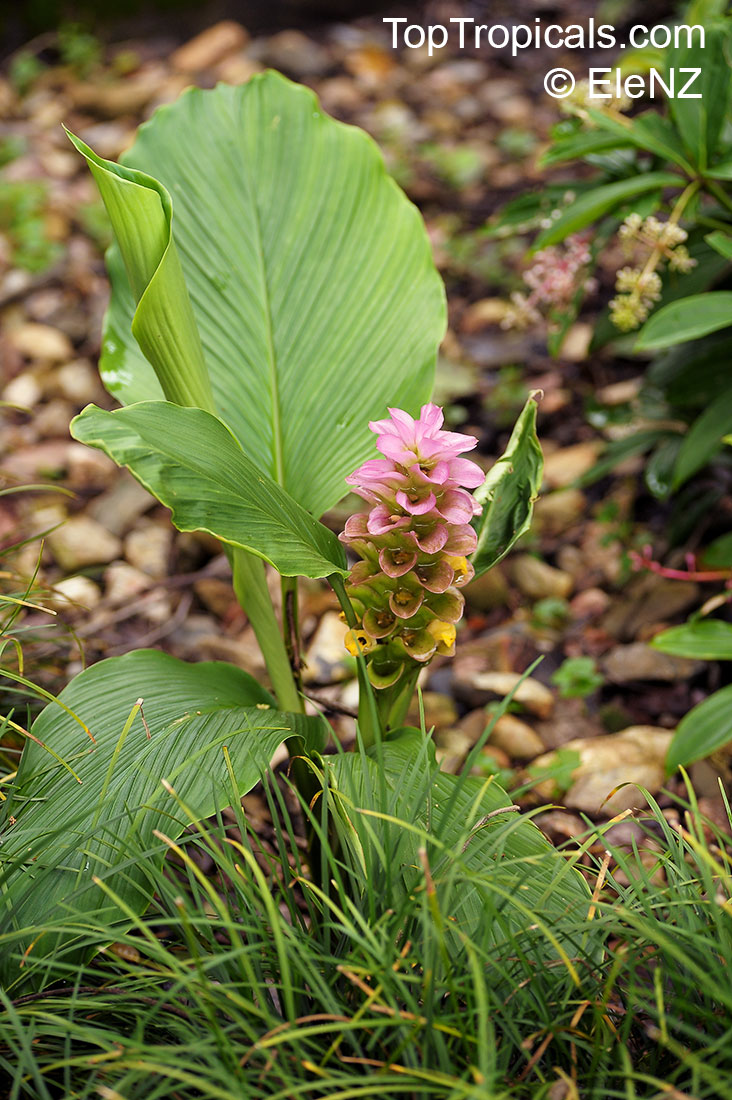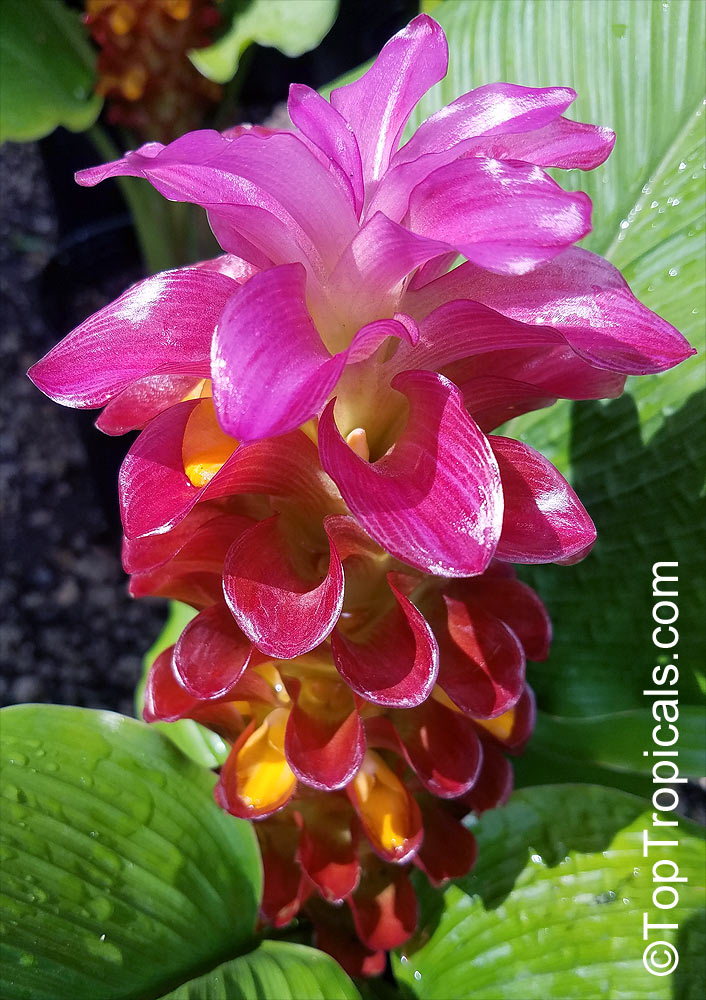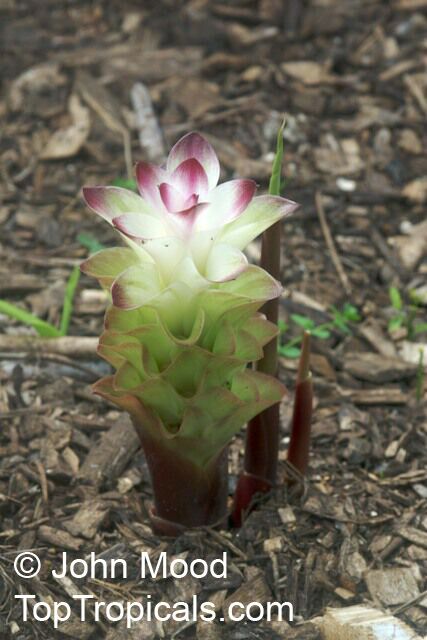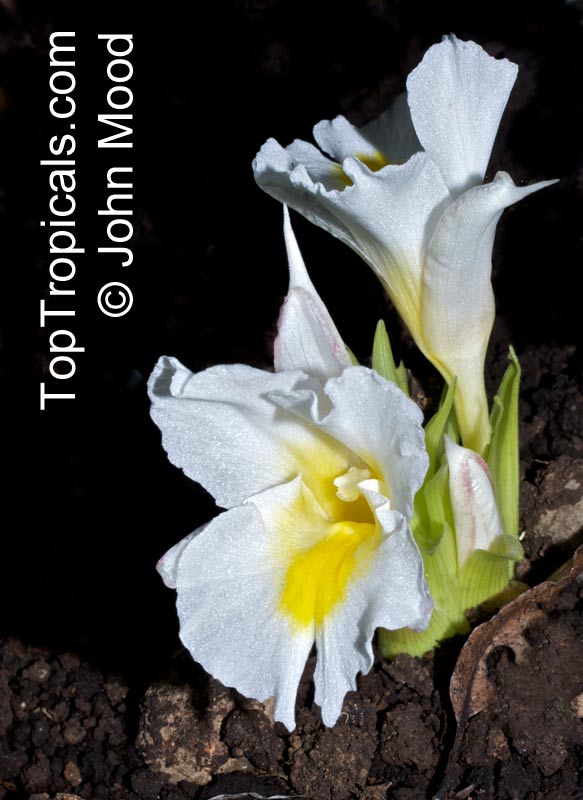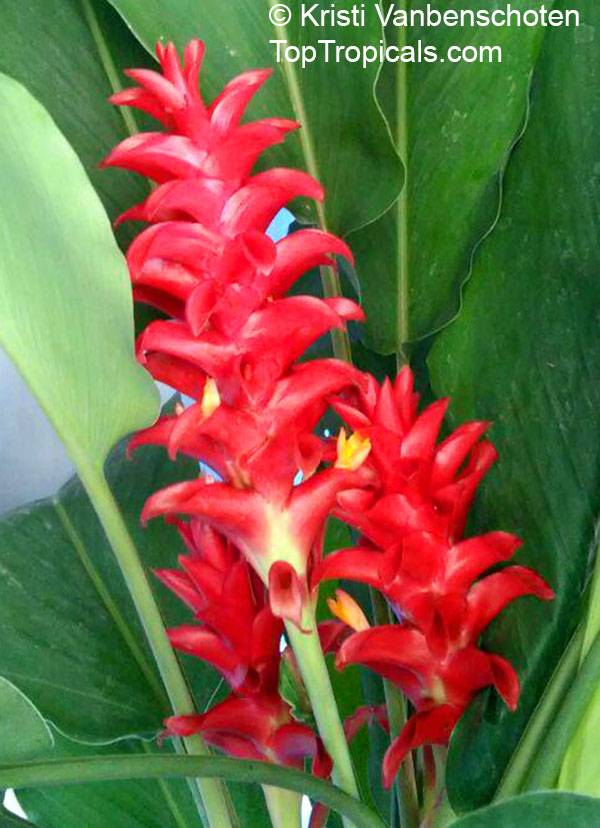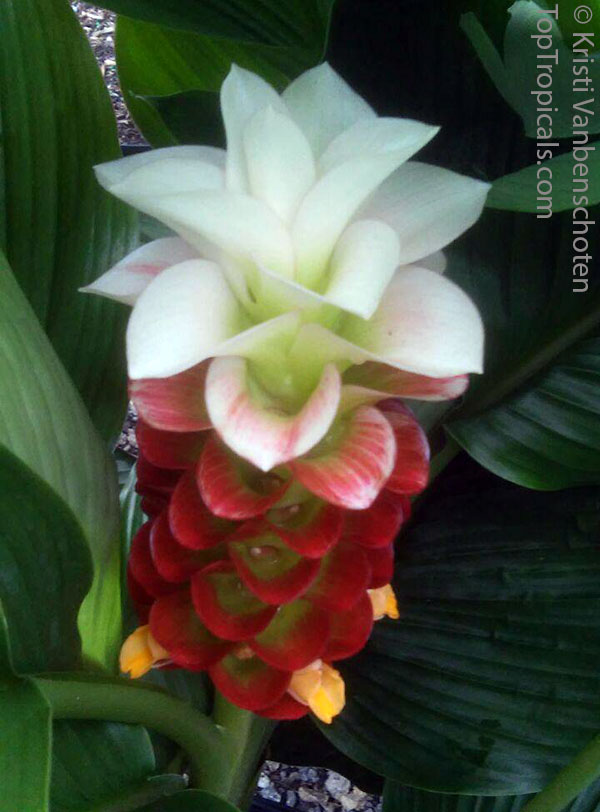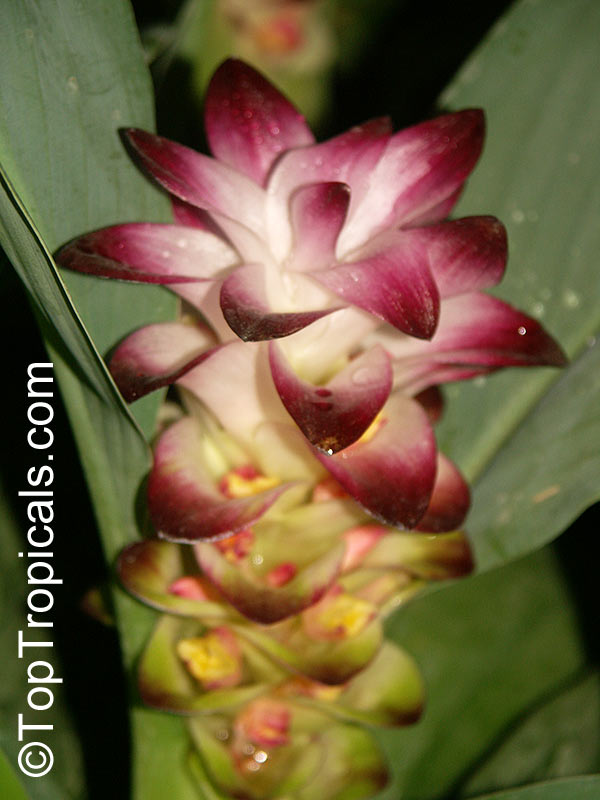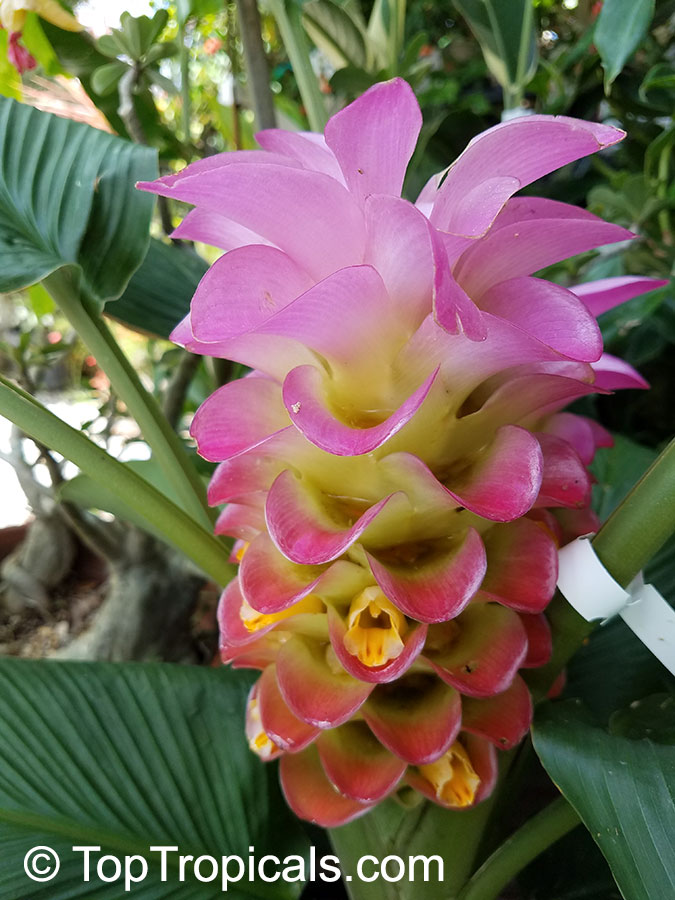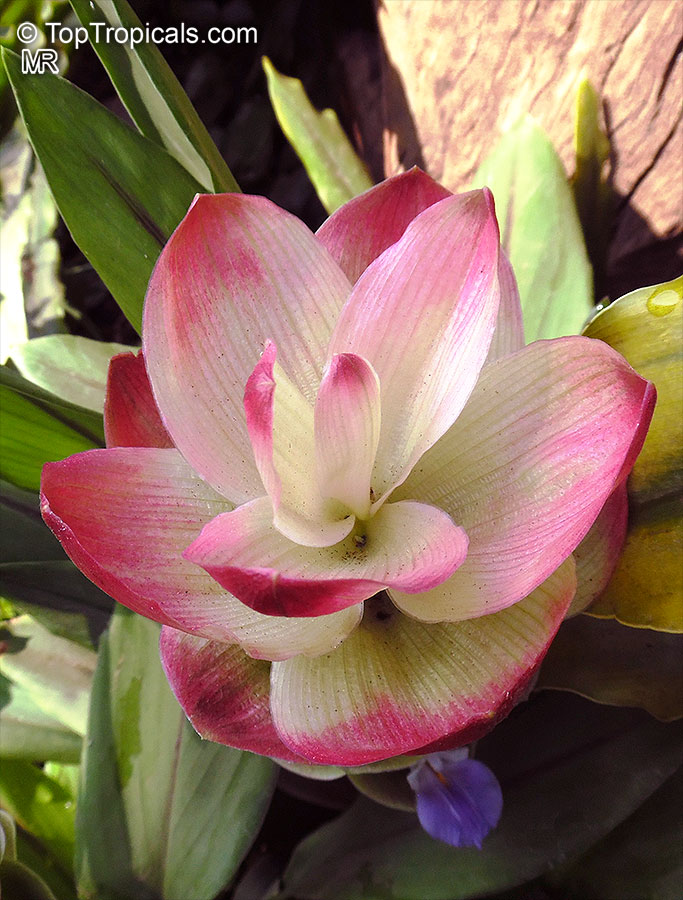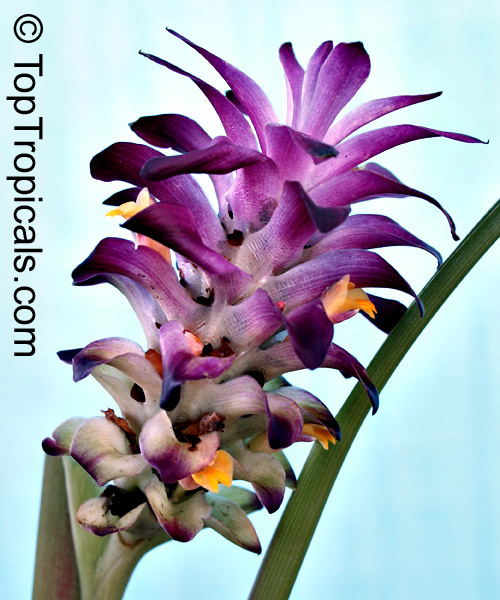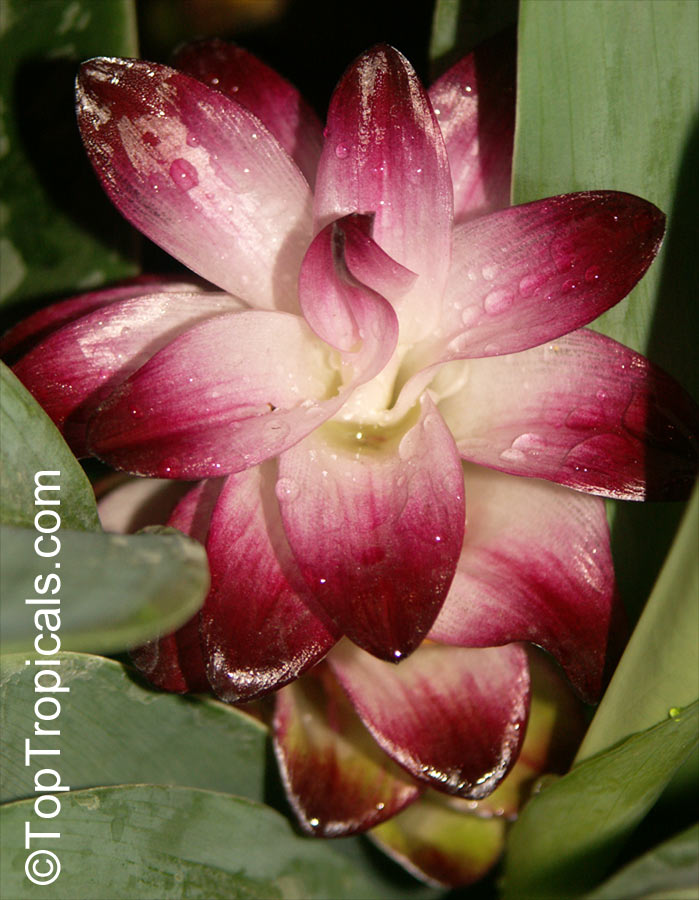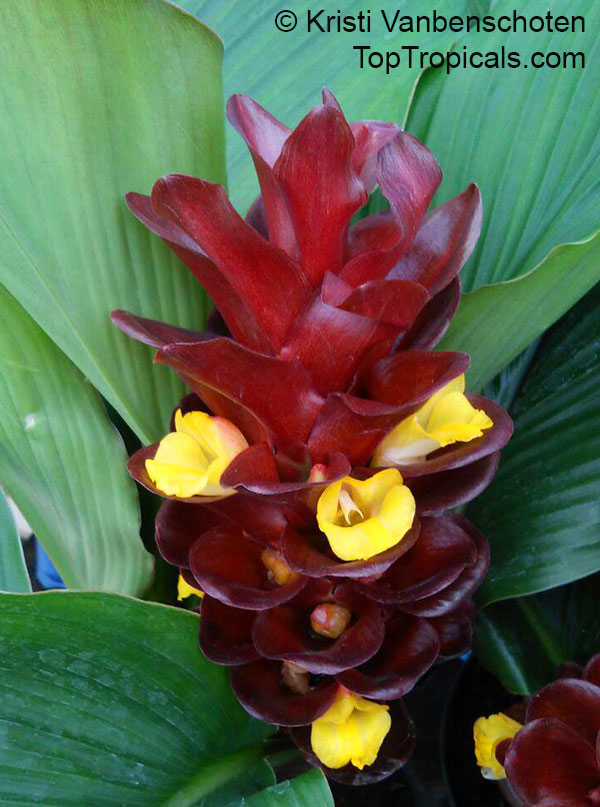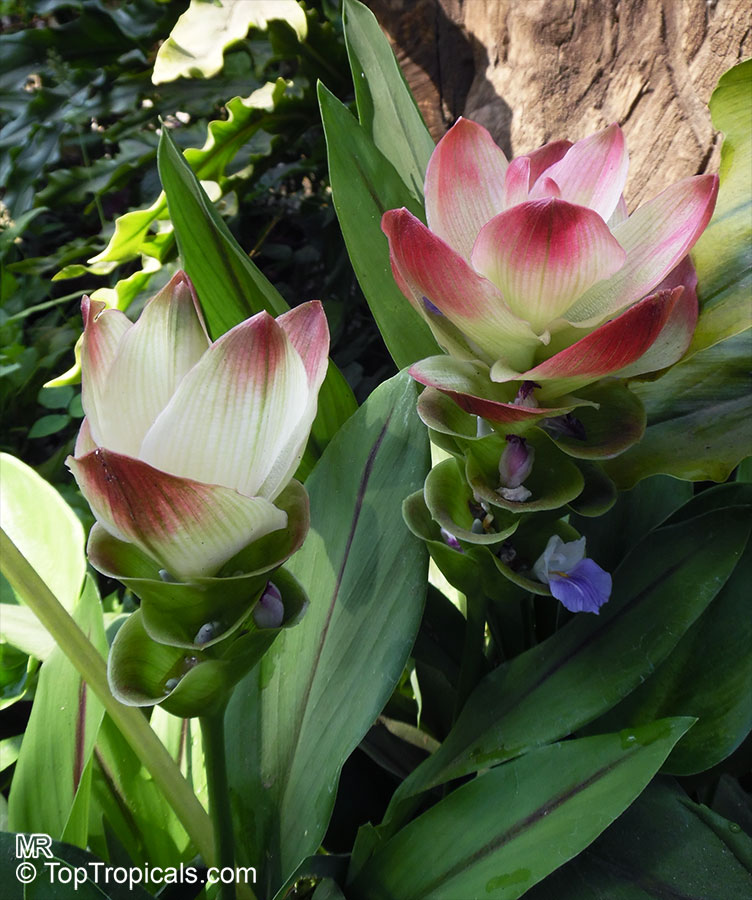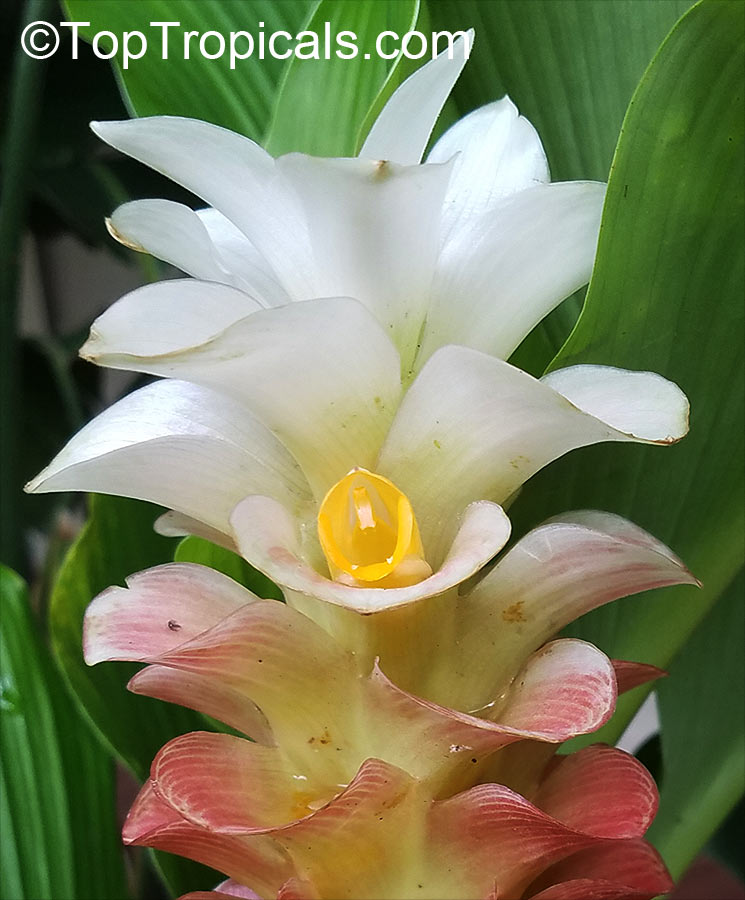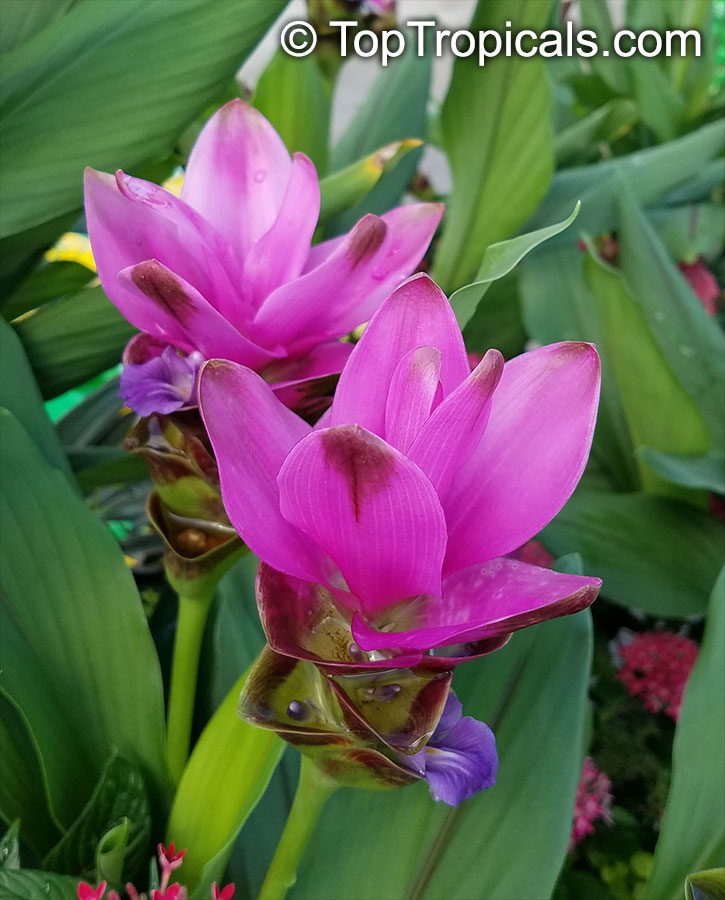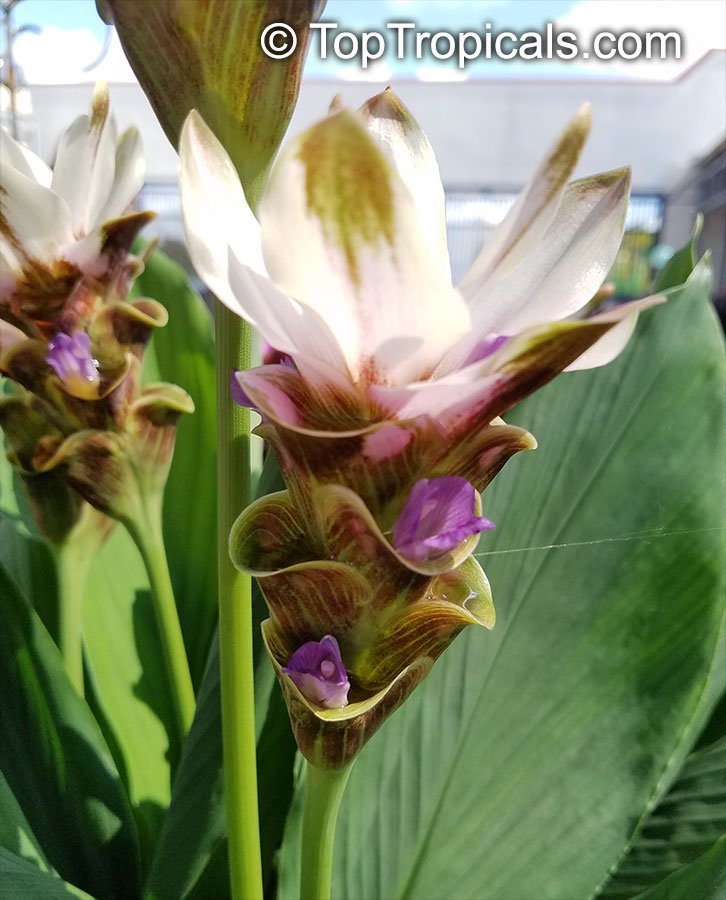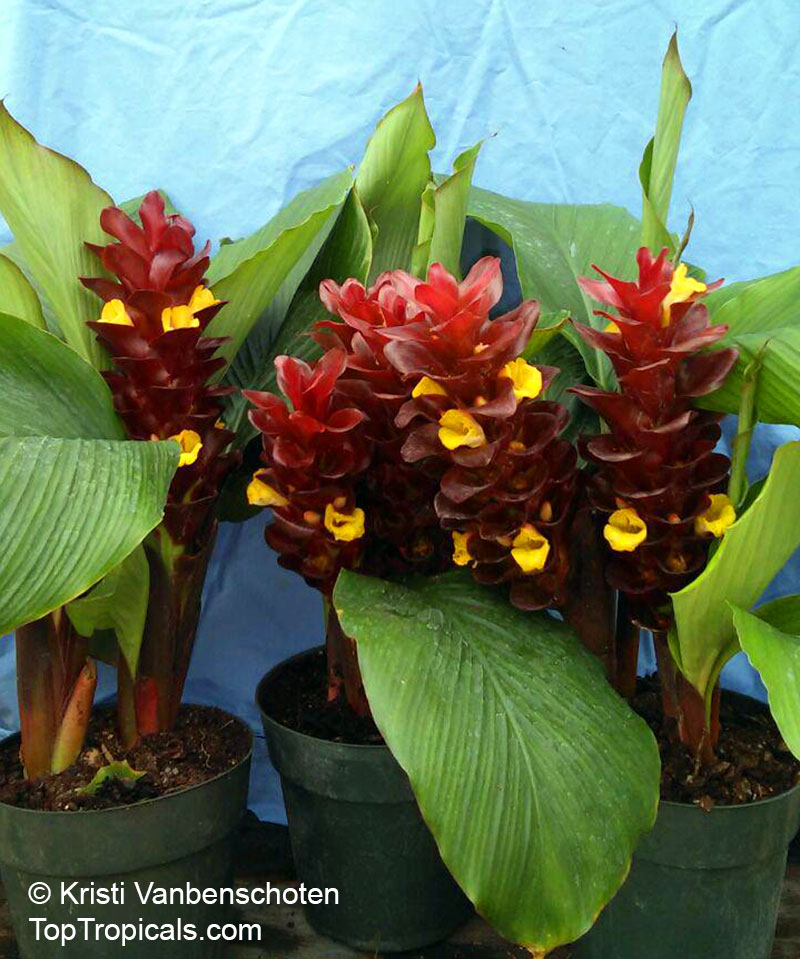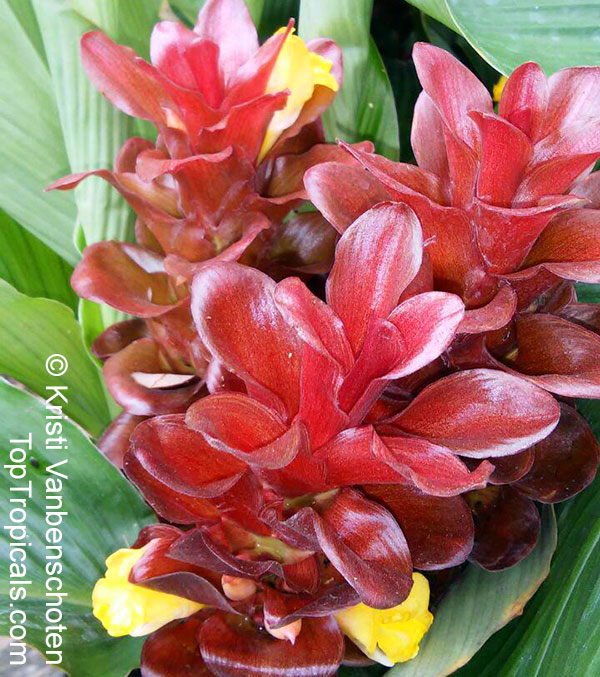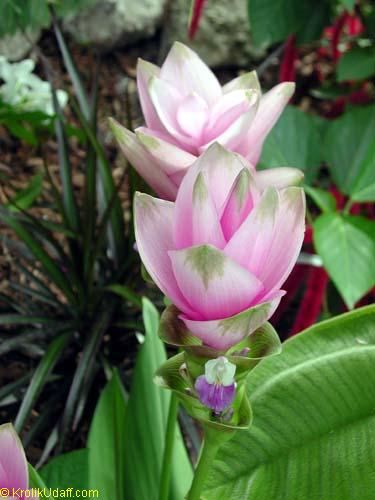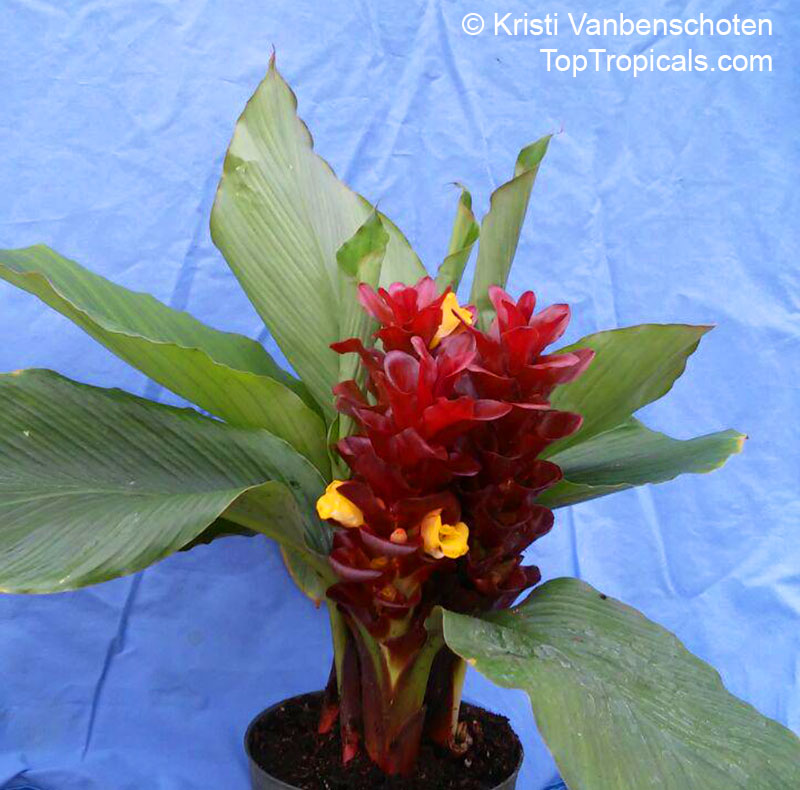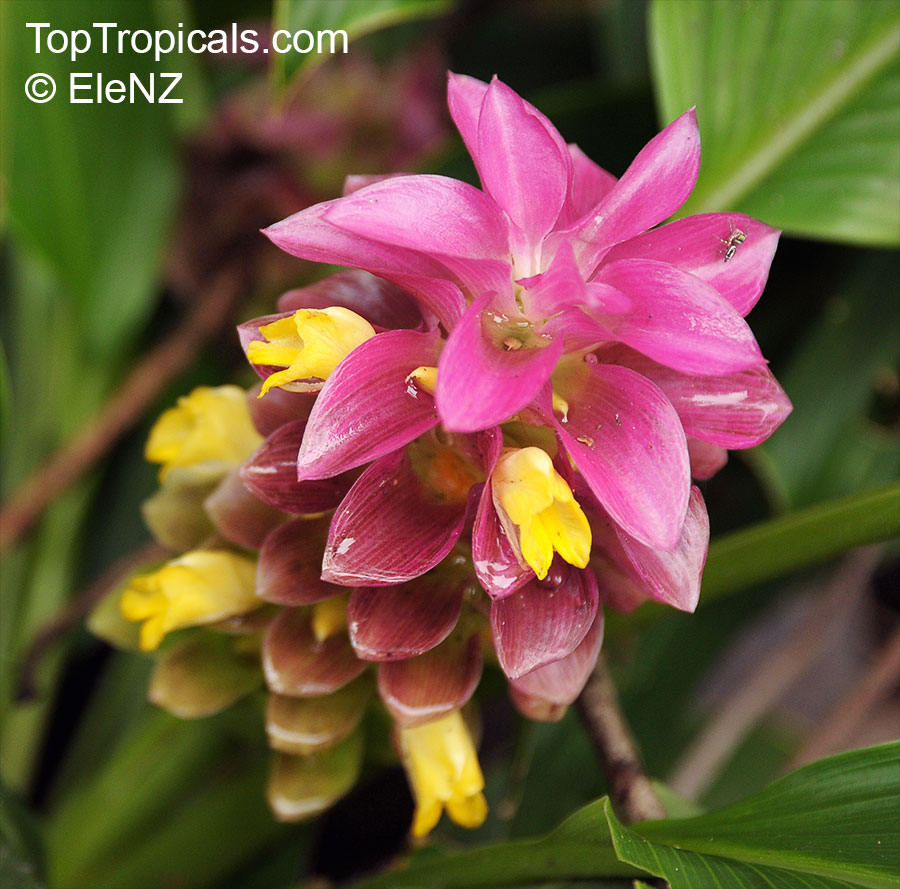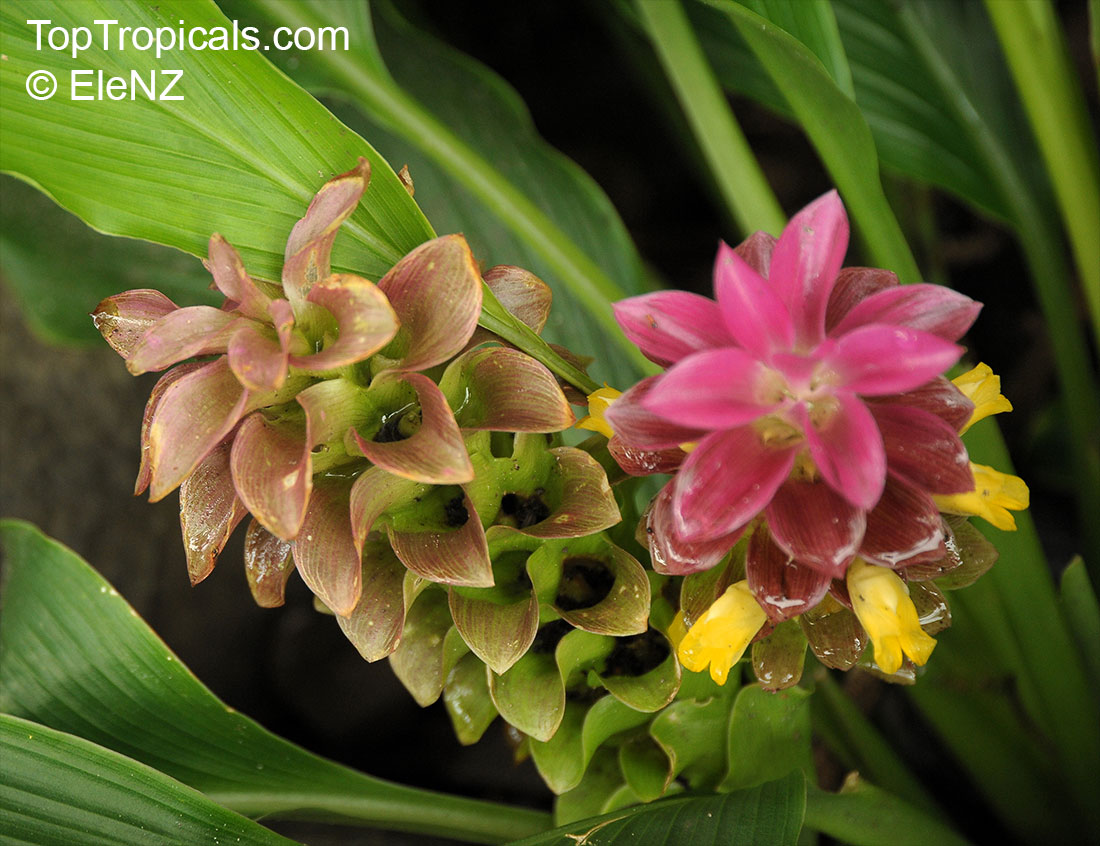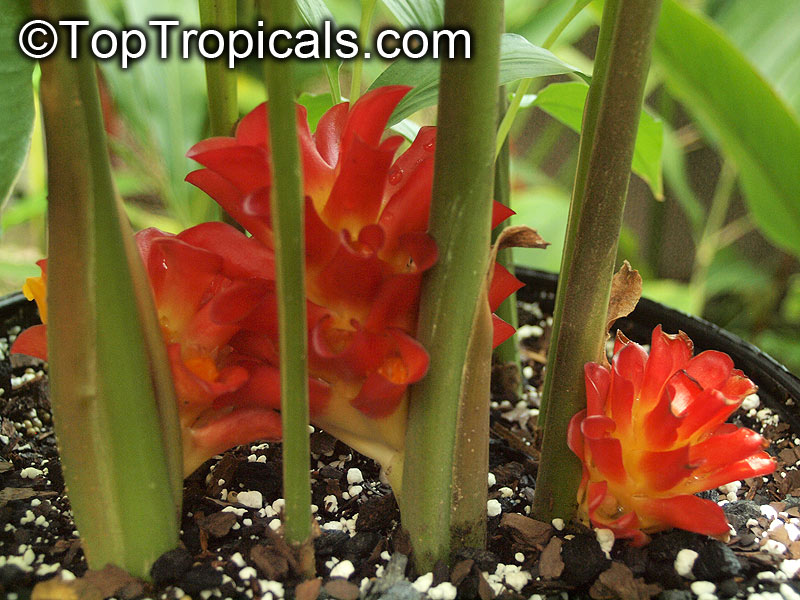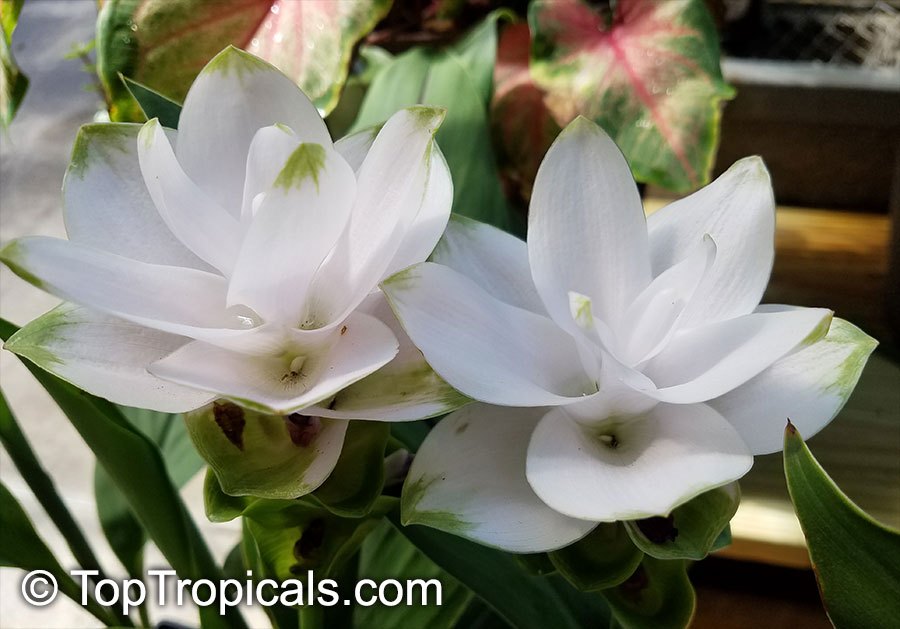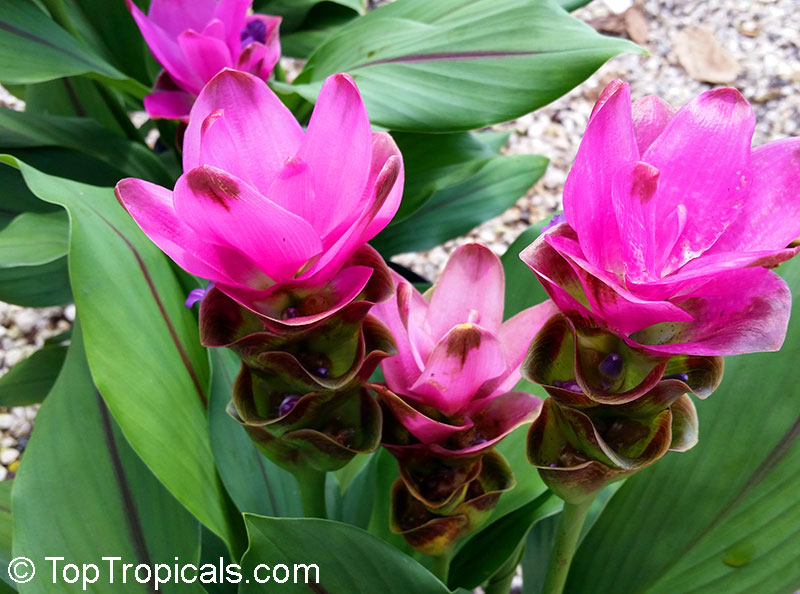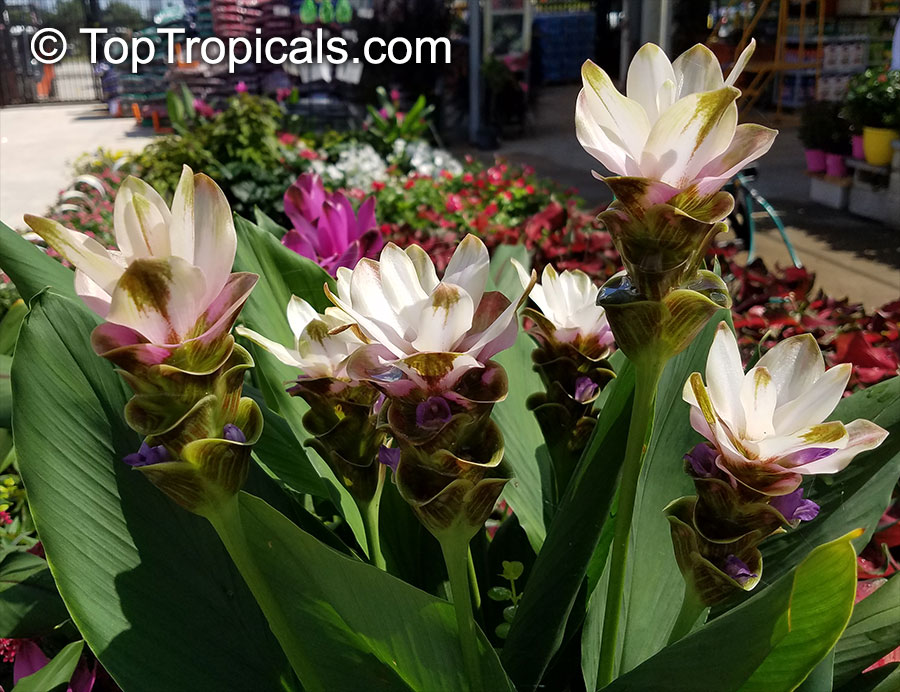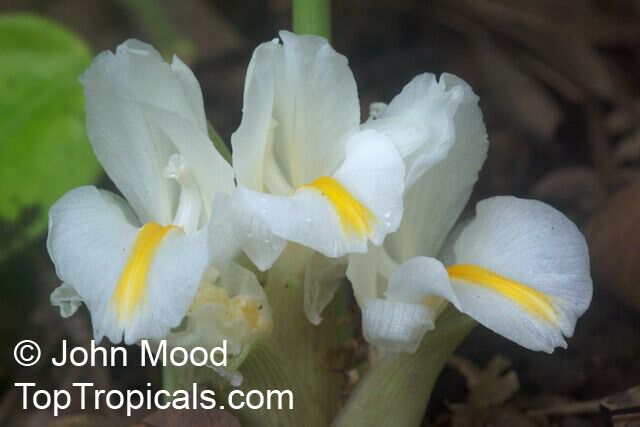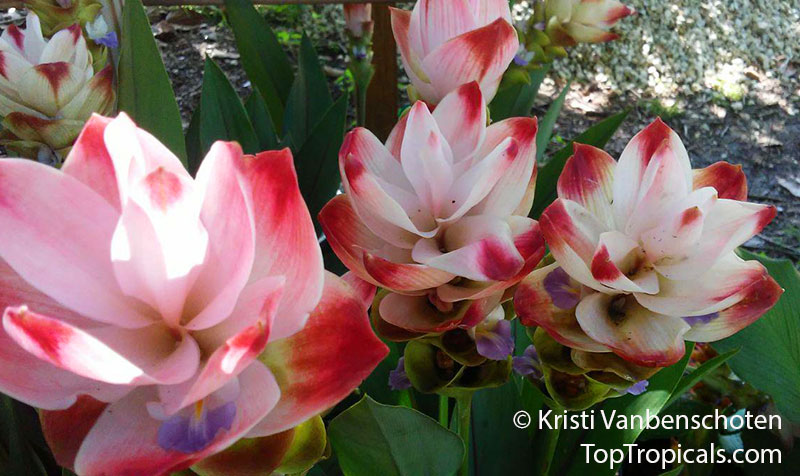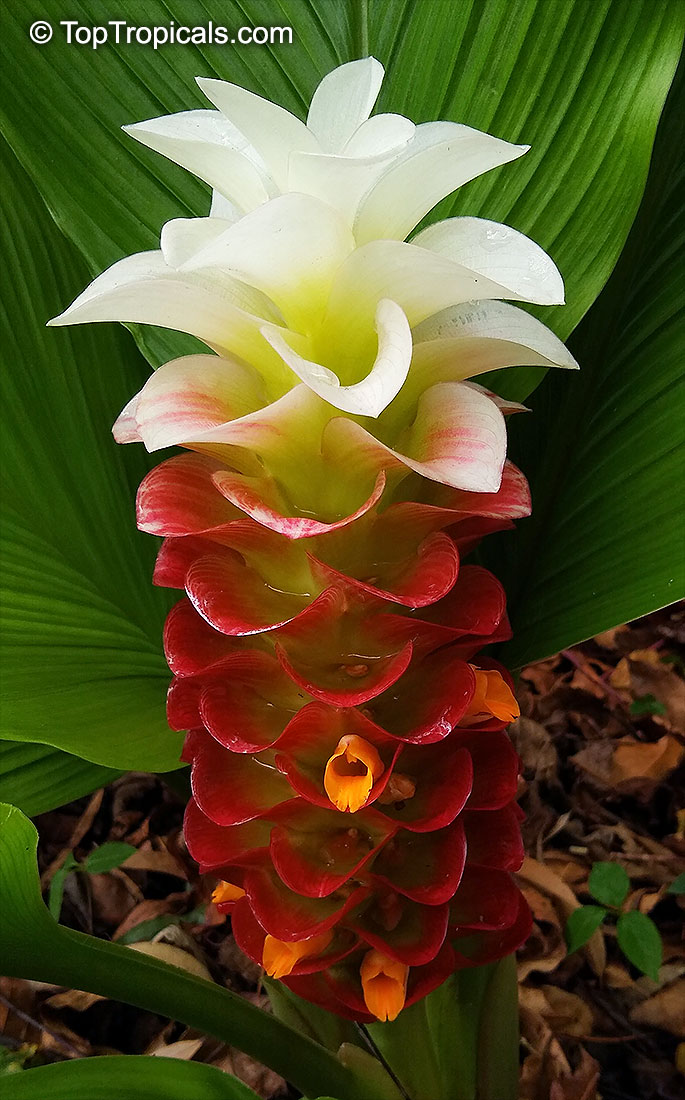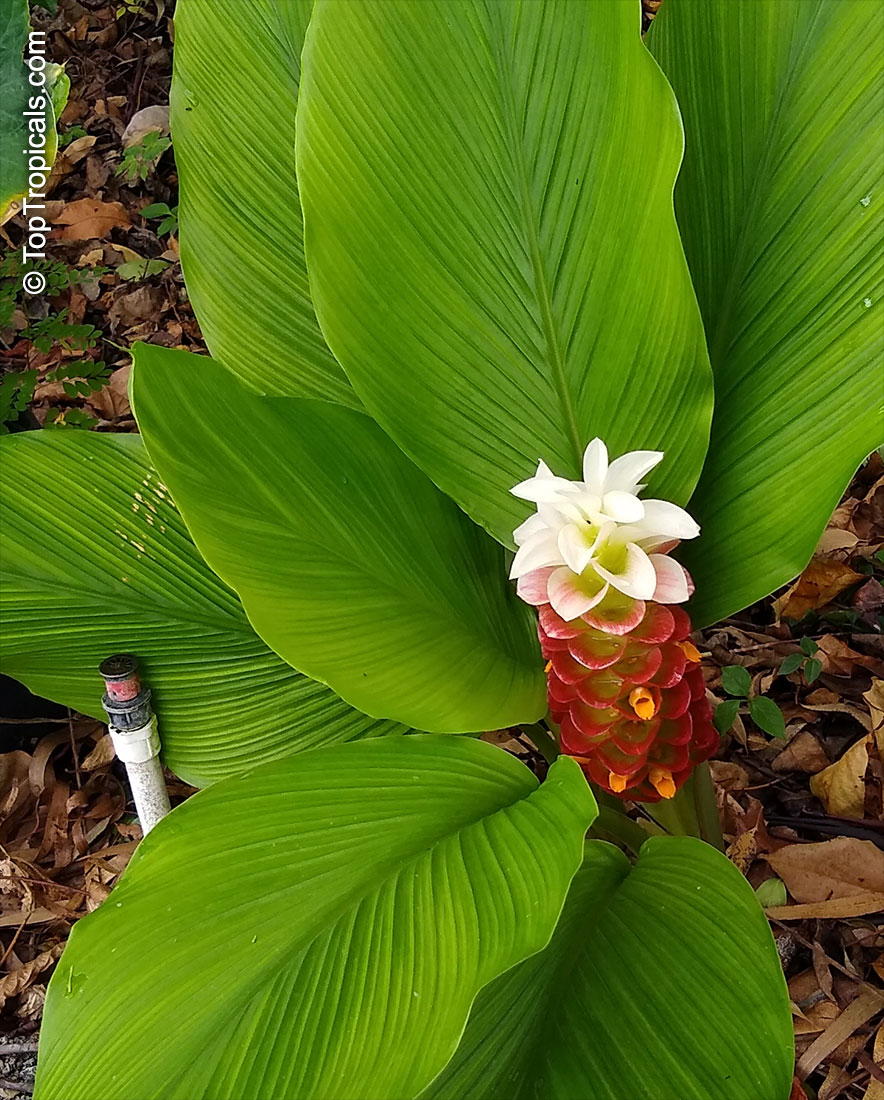Curcuma sp.
Turmeric, Siam TulipFamily: Zingiberaceae
Origin: Southeast Asia, Thailand














Curcuma sp. or Turmeric is an ornamental plant native to Southeast Asia, Thailand. It can grow to a height of 2-5 feet and prefers to be placed in bright locations such as a semi-shady position. The plant produces beautiful flowers that come in shades of pink, blue, lavender, purple, red, crimson, vinous, yellow, and orange. It is also an ethnomedical plant, a spice or herb. Studies have shown that turmeric may be useful in the prevention and treatment of various diseases such as cancer, diabetes, arthritis, and Alzheimer's disease.
This plant produces an excellent cut flower last up to about 14 days.
When it comes to growing Curcuma sp., it is important to keep the soil moist and water the plant regularly. It can thrive in USDA zones 8-11. For those living in areas with colder temperatures, it is best to grow Curcuma sp. in pots and bring them indoors during the cold season. To increase the speed of growth, you can also fertilize the plant in the spring and summer with a 10-10-10 fertilizer once a month.
Overall, Curcuma sp. is an easy to care for plant and its beauty makes it a great addition to any garden. With a little bit of effort and care, you can have a healthy and blossoming Siam Tulip in your home or garden.
The rhizome is the portion of the plant used medicinally; it is usually boiled, cleaned, and dried, yielding a yellow powder. Dried Curcuma longa is the source of the spice turmeric, the ingredient that gives curry powder its characteristic yellow color. Turmeric is used extensively in foods for both its flavor and color. Turmeric has a long tradition of use in the Chinese and Ayurvedic systems of medicine.
Similar plants:
- Boesenbergia rotunda, Curcuma rotunda (Chinese Keys, Fingerroot, Lesser Galangal, Chinese Ginger)
- Curcuma alismatifolia (Siam Tulip)
- Curcuma longa (Spice Turmeric, Longevity Spice, Indian Saffron, Tumeric)
- Curcuma roscoeana, Curcuma kurzii, Curcuma coccinea (jewel of Burma, Orange Ginger, Orange Siam Tulip)
- Hitchenia careyana, Curcuma careyana (Praying Mantle Ginger)
Recommended Fertilizer: SUNSHINE Robusta - Rapid Growth Booster
Recommended Fertilizer: SUNSHINE Robusta - Rapid Growth Booster
